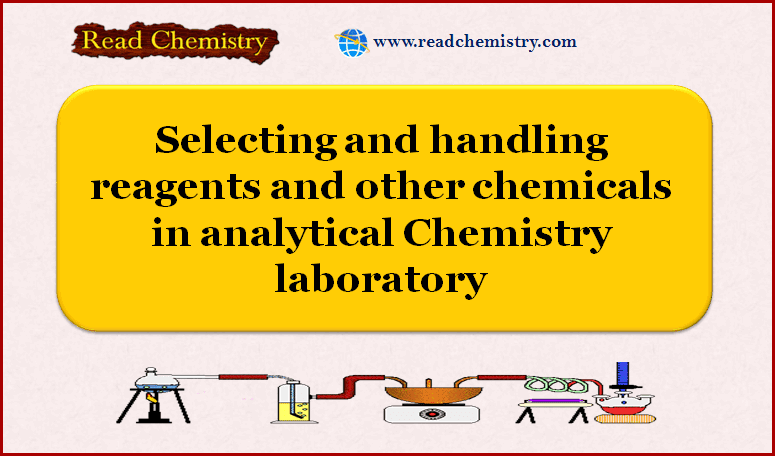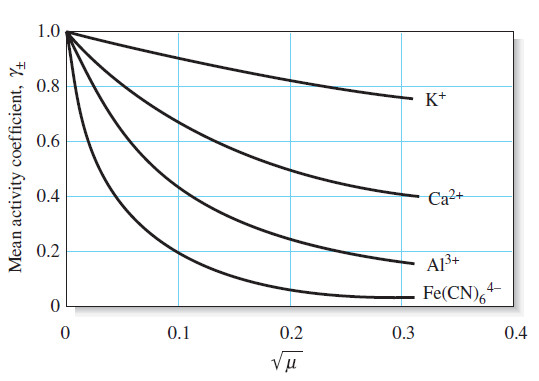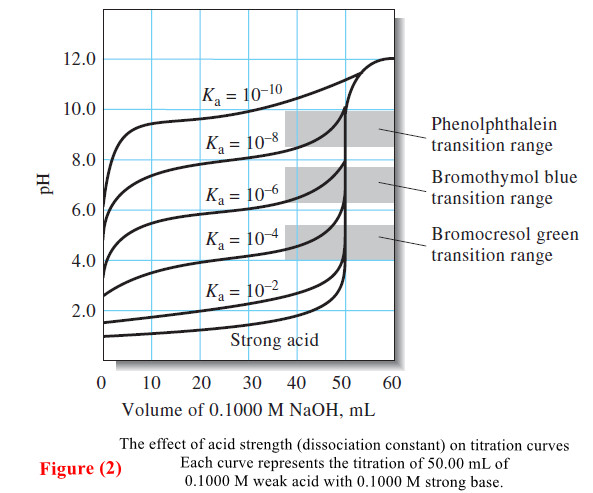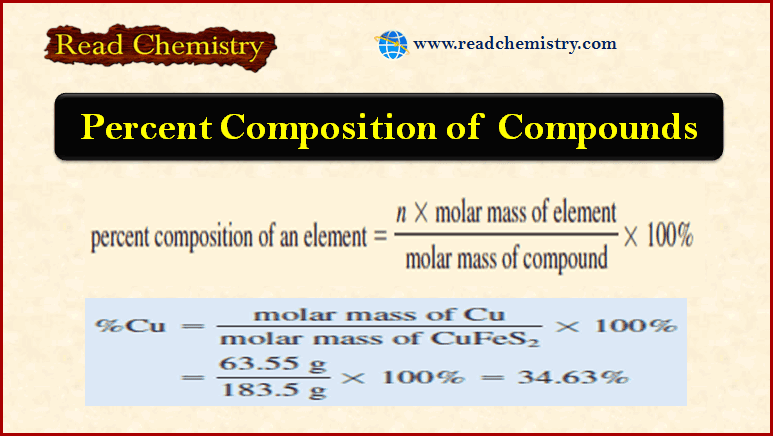Selecting and handling reagents and other chemicals
– In this subject, we will discuss Selecting and handling reagents and other chemicals in an analytical Chemistry laboratory
– The purity of reagents has an important bearing on the accuracy attained in any analysis.
– It is, therefore, essential that the quality of a reagent be consistent with its intended use.
Classifying Chemicals
A. Reagent Grade
– Reagent-grade chemicals conform to the minimum standards set forth by the Reagent Chemical Committee of the American Chemical Society (ACS) and are used whenever possible in analytical work.
– Some suppliers label their products with the maximum limits of impurity allowed by the ACS specifications while others print actual concentrations for the various impurities.
B. Primary-Standard Grade
– The qualities required of a primary standard, in addition to extraordinary purity, will be discussed in the following lessons.
– Primary standard reagents have been carefully analyzed by the supplier, and the results are printed on the container label.
– The National Institute of Standards and Technology (NIST) is an excellent source for primary standards.
– This agency also prepares and sells reference standards, which are complex substances that have been exhaustively analyzed.
- Note: The National Institute of Standards and Technology (NIST) is the current name of what was formerly the National Bureau of Standards.
C. Special-Purpose Reagents Chemicals
– Chemicals that have been prepared for a specific application are also available.
– Included among these are solvents for spectrophotometry and high-performance liquid chromatography.
– Information pertinent to the intended use is supplied with these reagents.
– Data provided with a spectrophotometric solvent, for example, might include its absorbance at selected wavelengths and its ultraviolet cutoff wavelength.
Rules for Handling Reagents and Solutions
– A high-quality chemical analysis requires reagents and solutions of known purity.
– A freshly opened bottle of a reagent-grade chemical can usually be used with confidence.
– Whether this same confidence is justified when the bottle is half empty depends entirely on the way it has been handled after being opened.
– We observe the following rules to prevent the accidental contamination of reagents and solutions:
(1) Select the best grade of chemical available for analytical work.
– Whenever possible, pick the smallest bottle that is sufficient to do the job.
(2) Replace the top of every container immediately after removing the reagent.
– Do not rely on someone else to do so.
(3) Hold the stoppers of reagent bottles between your fingers.
– Never set a stopper on a desktop.
(4) Unless specifically directed otherwise, never return any excess reagent to a bottle.
– The money saved by returning excesses is seldom worth the risk of contaminating the entire bottle.
(5) Unless directed otherwise, never insert spatulas, spoons, or knives into a bottle that contains a solid chemical.
– Instead, shake the capped bottle vigorously or tap it gently against a wooden table to break up an encrustation. Then pour out the desired quantity.
– These measures are occasionally ineffective, and in such cases, a clean porcelain spoon should be used.
(6) Keep the reagent shelf and the laboratory balance clean and neat.
– Clean up any spills immediately.
(7) Follow local regulations concerning the disposal of surplus reagents and solutions.
Reference: Fundamentals of analytical chemistry / Douglas A. Skoog, Donald M. West, F. James Holler, Stanley R. Crouch. (ninth edition), 2014. USA







